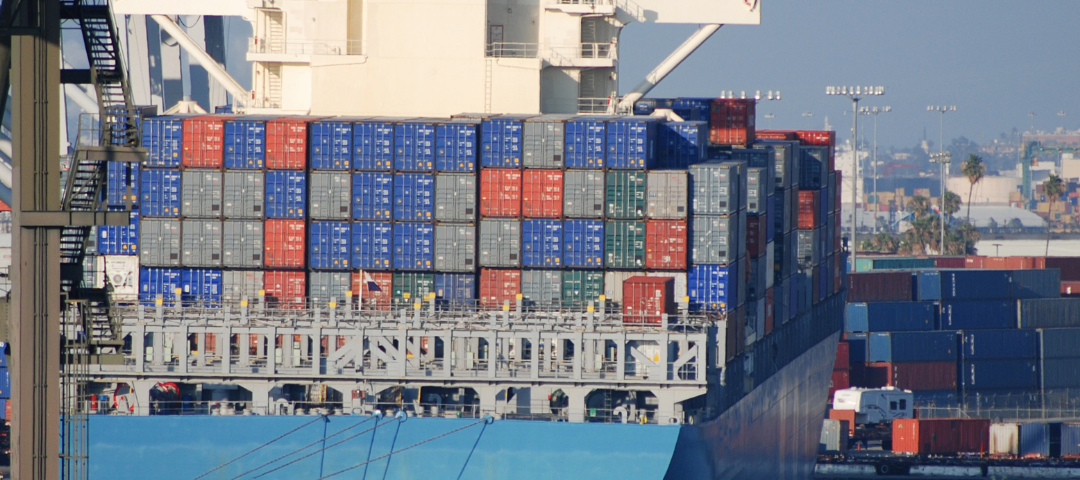Cargo claims. When you should not pay GRI.

Why Importer is the Most Important Person in freight claim process?
June 25, 2021
Cargo claims. More Cargo Theft from Warehouses
July 4, 2021Shippers recently have received a GRI announcement from carriers – “that starting from June 20th 2021 (BL date) we will be implementing a General Rate Increase 100 USD per container”. Before we answer your question when you should NOT pay GRI or better to say when you can claim GRI waiver, let’s demystify this fee.
2021 GRI Increases
What is a GRI in shipping?
A GRI (General Rate Increase) is the amount by which ocean carriers increase their base rates across specific lines, generally as a result of increased demand.
Why and how does it happen?
In a market that is non-volatile, GRIs would only take place on an annual or semi-annual basis. However, supply and demand for ocean shipping can fluctuate pretty rapidly. Generally, FBX index tends to look more like shark’s teeth than a flatline – and over the past year rates have climbed steadily with successive GRIs.
Generally, shipping lines will give 30 days notice for rate increases. During that time, they can leave the rate GRI as notified or lower it, but they cannot increase it to over the GRI stated on the notification.
When does a GRI come into effect?
A GRI will be effective from a Bill of Lading date, i.e. from the date that cargo is shipped on board a vessel.
As such, GRIs can be tricky for shippers, when a GRI comes into effect it will affect all cargo not yet shipped on board a vessel irrespective of booking date. For example, if a GRI effective date is 1st June and a shipment is booked on the 15th May at a specific price but only loaded on the 2nd June, the GRI would still be applied to that specific shipment. In the industry, this is called “vatos” (valid as of time of shipping).
Takeaways dealing with a GRI…
- If you are a freight forwarder, you will need to be on top of GRI dates for quotation purposes, and be able to warn your customer of any upcoming GRIs.
- When making bookings with a shipping line, be sure to ask if there are any upcoming GRIs which may affect your upcoming shipment.
- As a shipper or forwarder, compare quotes and GRIs from various shipping lines in order to assess your best options.
- As GRIs are usually the result of supply and demand, you should expect longer transit times and delays in delivery to the consignee. The consignee should be informed of this in advance.
Now, the most important question when an exporter should not pay GRI:
- if cargo was SOB (shipped on board) and BL issued before GRI effective day you can claim GRI back in case the carrier decides to invoice you. Several Recoupex clients obtained GRI waivers successfully after it was imposed to them.
- I hope you were able to find some value in this article. If so, send it to your friend to ensure he is not overpaying!



